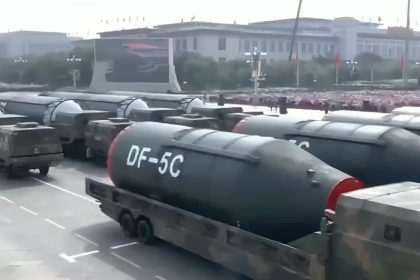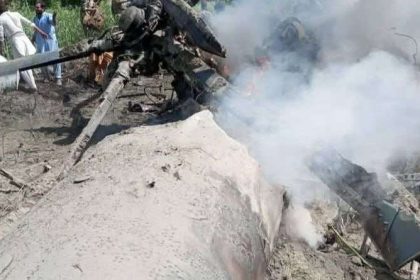Teledyne FLIR OEM Launches Boson+ IQ Thermal Imaging Development Kit at DSEI UK 2025
New Hardware and Software Development Kit Accelerates Thermal Imaging and AI Integration at the Edge.
Retd Brigadiers Turn Approvers in Graft Case Against Ex-ISI Chief Faiz Hameed
First-ever court martial of former ISI head deepens as aides testify in housing corruption scandal.
China Unveils DF-5C Strategic Nuclear Missile With Global Strike Range at V-Day Parade
Beijing showcases DF-5C ICBM with global strike range and MIRV capability at V-Day parade.
Cheaper Russian Oil, More S-400 Missiles for India Likely Amid Trump Tariffs: Report
Discounted Russian crude and advanced missile systems highlight deepening Moscow-New Delhi ties amid US pressure.
Kolkata Police Stops Army Truck After Near Miss With Commissioner’s Convoy
Army Truck–Police Convoy Clash Sparks Tensions in Kolkata.
5 Killed as Pakistan Army Helicopter Crashes in PoK
Technical Fault Blamed for Gilgit-Baltistan Crash, All Five Onboard Dead.






